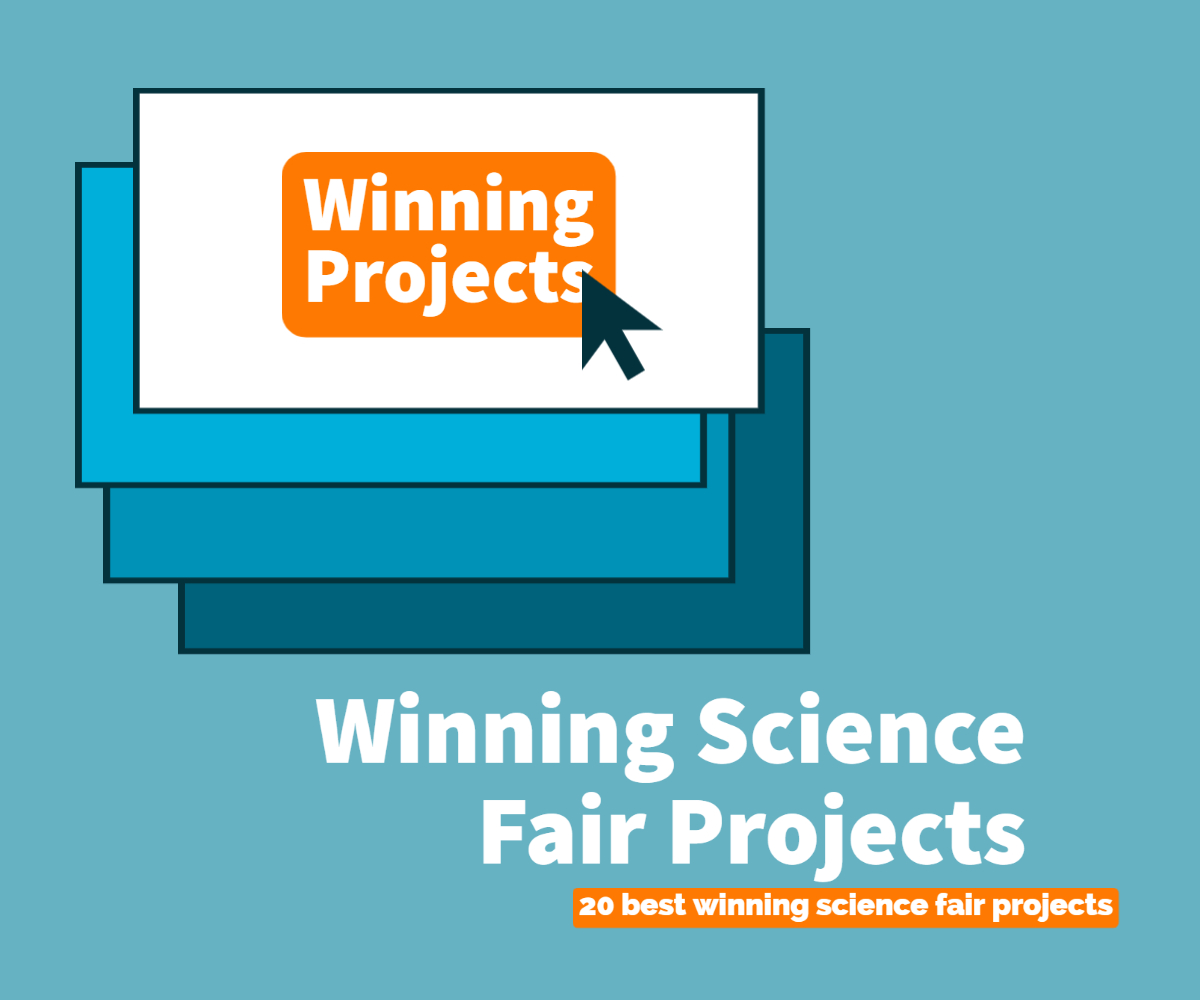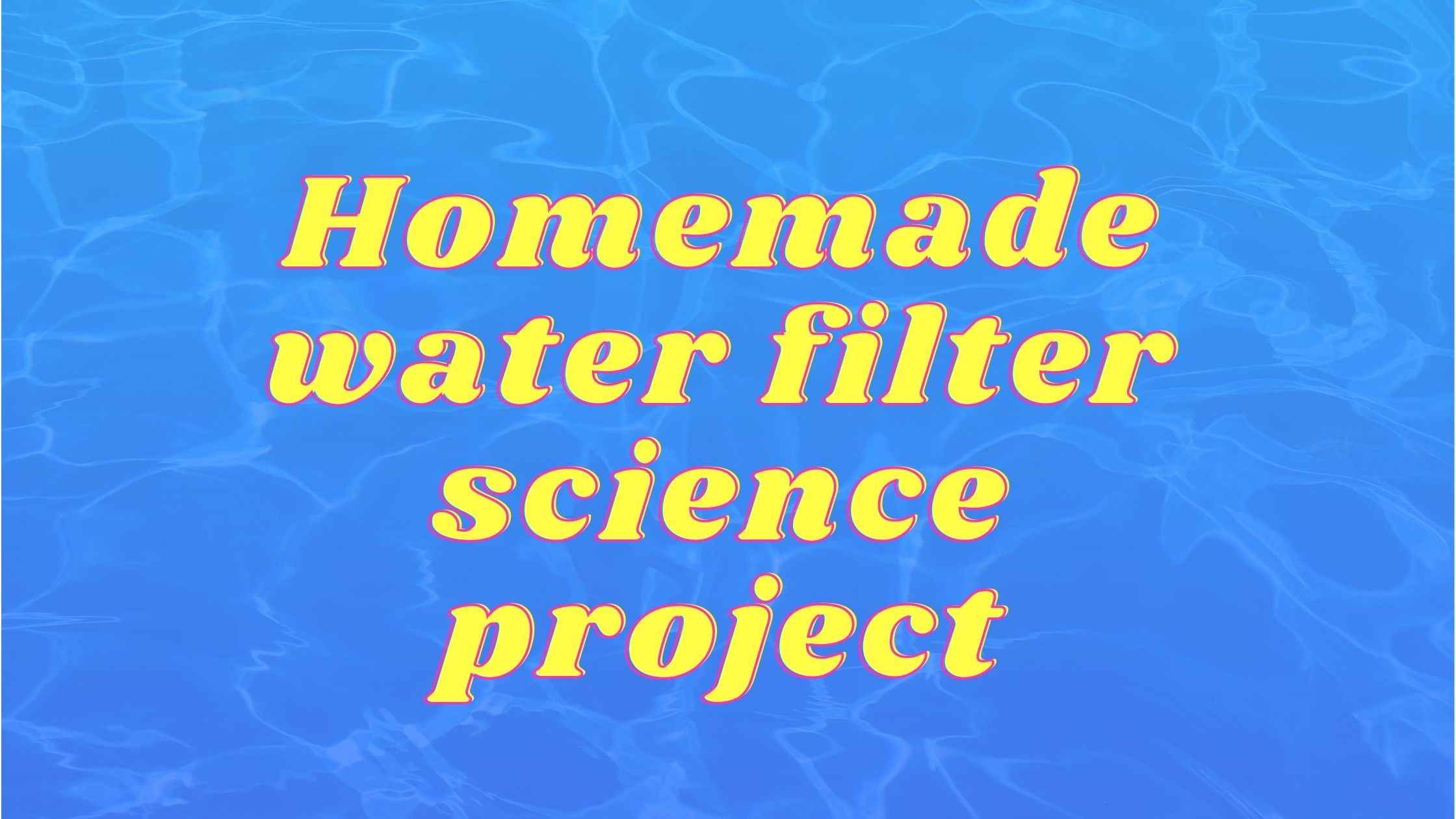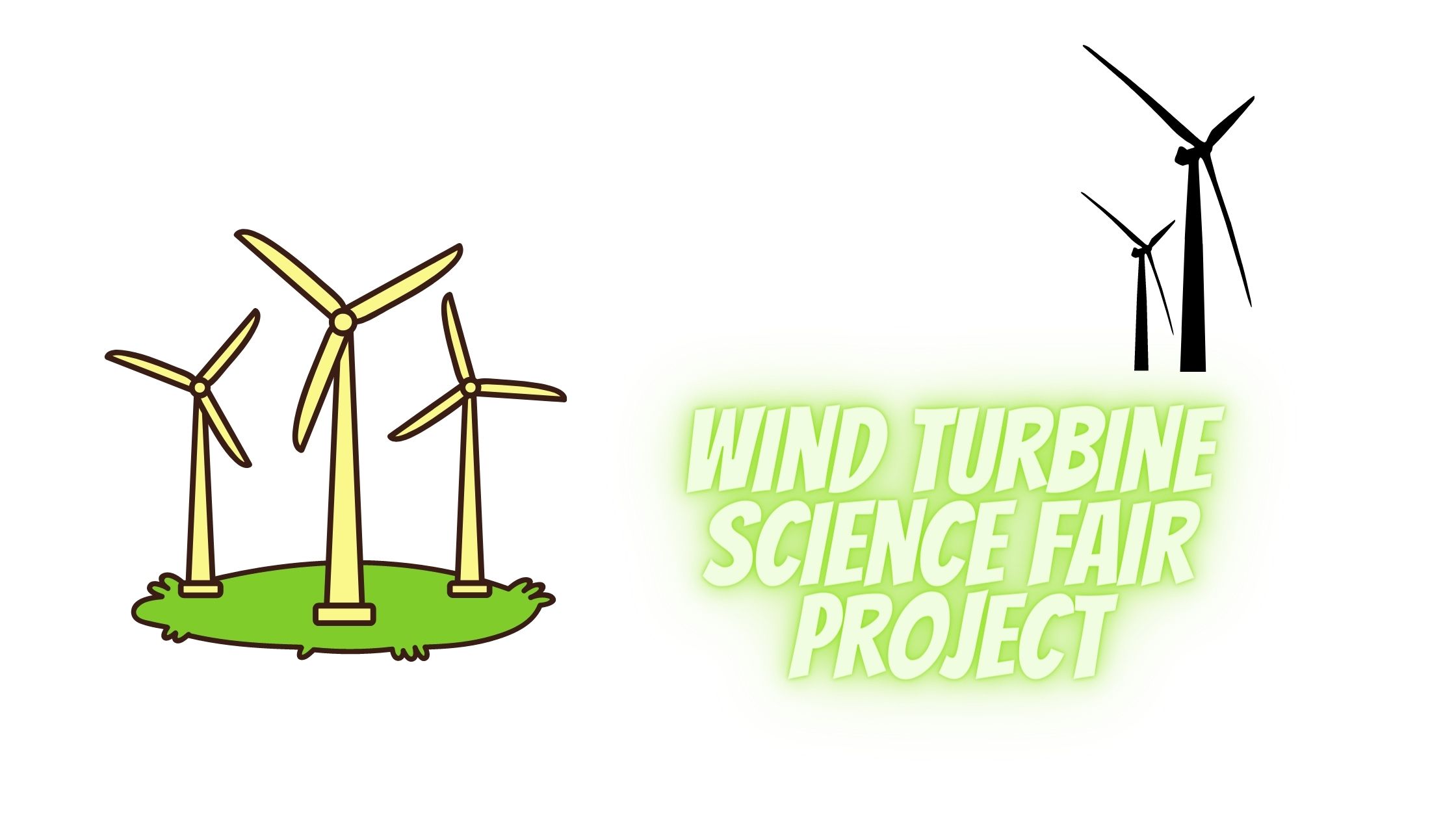Easy Science Fair Projects for 8th grade
Science projects are fun. In this article, we will see Science Fair Projects for 8th graders. They allow the project creator an opportunity to showcase his or her knowledge. Science projects are always about innovativeness and inventions through the creation of experiments. They help decipher numerous fun scientific facts and help unravel the mysteries of the universe. Scientific fairs spread awareness and help generate added interest in students towards the subject. There are numerous science fairs for school and high school students globally, which impart quality competition and enhance standards of education. Not all science projects have to be complex. This article will discuss a few easy science projects for 8th grade.
Science Fair Projects for 8th graders
1. Water Plants with different Liquids
We all know plants require water to survive. However, what we want to know is whether they can survive when in contact with other types of liquids like soda, saltwater et al.
2. The Desert Sand and the growth of agriculture
This is an award-winning science project for the 8th grader. The purpose of the project was to see whether it was possible to grow crops in the middle of the desert.
3. Restoration of the pH of the Ocean
An important award-winning fun Science Fair Projects for 8th grade, it aims at studying ways to restore the pH value of the ocean. The experiment also wants to highlight the rapid acidification of the ocean and provides remedial action before it becomes too late.
4. Automate water management and the monitoring system for paddy cultivation
Very often, paddy cultivators face the prospect of overflowing water from the reservoir into the irrigation channels. To overcome this challenge, the placement of sensors and round-the-clock surveillance management is being proposed through this award-winning science project.
5. Let’s build a light bulb
Now we know how a light bulb functions and the science behind it. However, to turn it into a fun science project let’s tinker with the material to make the bulb even better.
6. The robotic hand
Robots are the future, and the pace of industrialization will depend on how well are able to build large-scale industrial robots. This experiment is, however, focused on building a robotic hand and improving upon its initial design and form factor.
7. Electrolytes in sports drinks
The reason behind the popularity of sports drinks is the presence of electrolytes. Compare its efficacy with other forms of liquids like juices and water using an OHM resistor and a multimeter.
8. Fertilizer run-offs
This is a serious issue and is detrimental to the environment. One way to analyze the pollution caused is by measuring algae growth under different circumstances.
9. Newton’s Cradle
A fun experiment on momentum and energy.
10. Expand the lungs
All it takes is a balloon to check lung capacity.
11. Machine Learning and tracking the Heart
The usage of the machine and flagging heart diseases to improve the survivability of patients.
12. Styrofoam contamination
This is a worldwide phenomenon, and the solution lies in a Styrofoam filter.
13. The virtual competitor and human mind
It is often observed that human performance improves when asked to compete with another being. This award-winning science Fair Projects for 8th grade aims at creating a virtual competitor to help improve the online learning capabilities of students.
14. Newton’s Laws of Motion
Run a car on a roller coaster and find out the minimum speed required to complete one full loop.
15. Fingerprint analysis
Let us all become young Sherlocks and dust the print of surfaces to nab the killer.
16. Catch the DNA
Extract one’s own DNA and preserve it for posterity. And maybe a future personal army.
17. Separation of water into Hydrogen and Oxygen
Let’s do electrolysis and see the wonder of science
18. Blood Transfusion
Each blood type is mixed with the O type and various changes are observed.
19. Vertical Multi-level farming to improve yield
This helps optimize available land by reducing space as well as increasing yield per acre.
20. Turn liquid into spheres
Add juice to the experiment while you transform the liquid into spheres.






